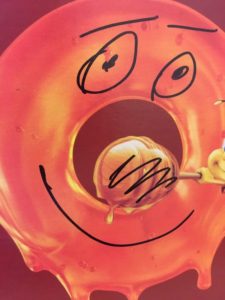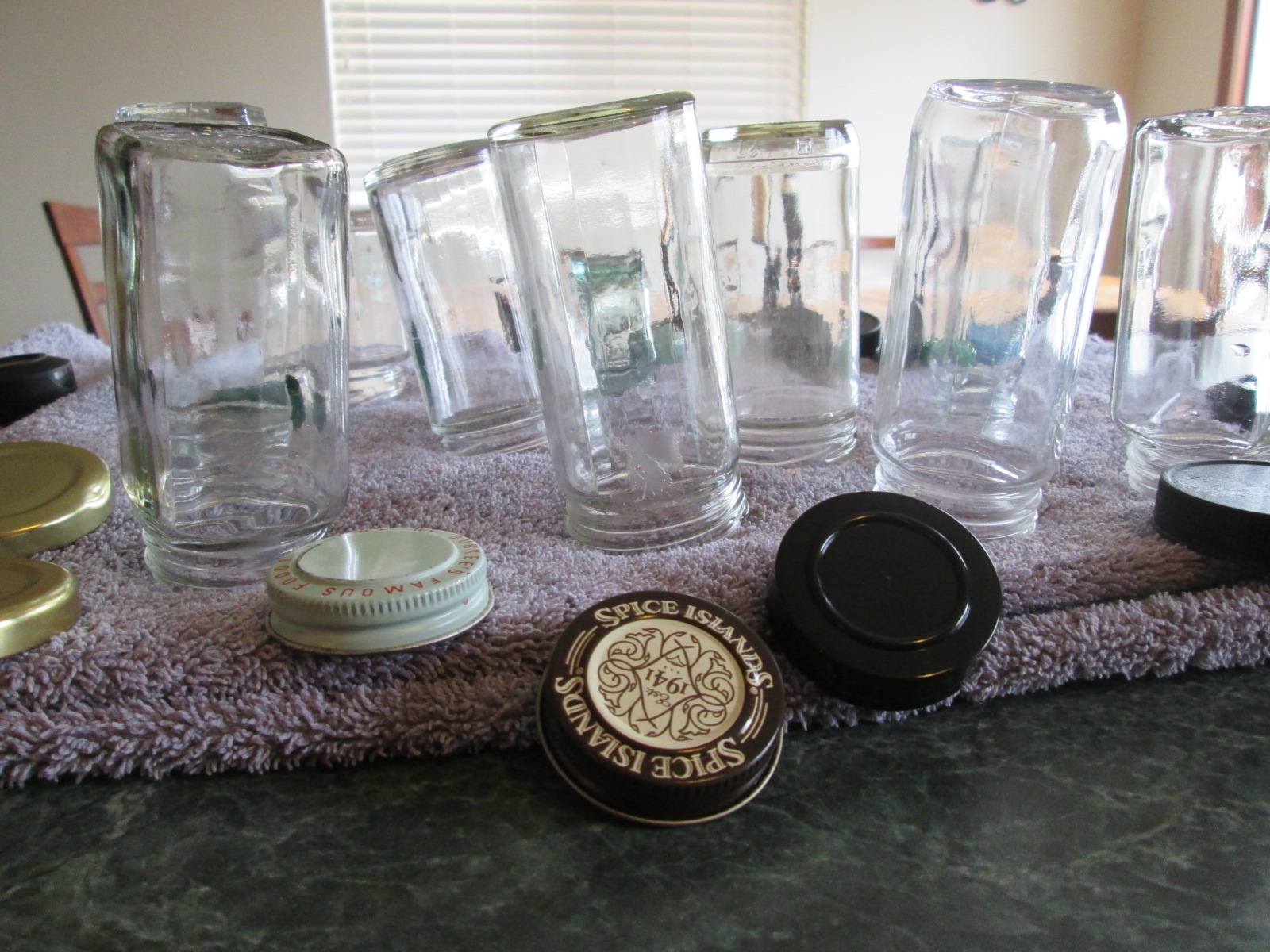I can’t take credit for the cool faces on all of these boxes. I have an artist in my home who learned this technique from a buddy. Since my son took it up, our home has exploded with fun faces that bust up the doldrums of household routines.

Just for giggles, here’s my how-to tutorial for Cereal Box Sharpie Art:
1.) Choose a cereal (or other) box.
2.) Grab a sharpie.
3.) Get creative.

How long has it been since you’ve given yourself complete creative freedom? When was the last time you recklessly abandoned the rules and thought, “What else could this be?” The ingenuity of this art form is its out-of-the-box thinking. Sorry guys, it just had to be punned.
Just in case you think I’m off my rocker, I’ll let you in on a little secret: I’m not a super-great artist. I love art, and I marvel at the classic, great artists who’ve earned every bit of their fame. But I am not, and will never be, one of those men or women.
I’m more of an “art-inspires-me-so-I-create” kind of artist. A lot of my work is just odd. I like it that way. But why in the world do I put it online for you to see and try for yourself?
Here’s the thing: I don’t care what category your profession falls under – healthcare, hospitality, computer software development, or waste management – every job needs innovative thinking. Are faces on cereal boxes innovative? Maybe, but they definitely shake things up, and they’re reminders.
Reminders that things can change.
So, if you’re stuck in any way, shape, or form in life, grab a sharpie and a box. Change it up! Remind yourself that even good things can be a little brighter when you add your creative thinking to them.
Until next time,
Invent your story

Welcome Inventors! Today I am taking a break from inventing to get organized. Messes are more fun – at least that’s my motto. Look at the pic of my first blog about inclined planes if you don’t believe me! That mess was not part of the project – it’s just how we roll some days.
If you are like me, you may not be known for organization – but you can appreciate the value of knowing where things are and where they go. This saves you time, and time is valuable. Let’s invent some space!
- START SMALL: If you’ve ever bought office supplies, hardware or craft materials (very useful for inventors) you get hundreds of little pieces. And that’s nice – except what do you do with the 99 pieces you don’t need for your current project? Get that stuff together, and take a deep breath.

Once you’ve collected your little things, the next step is putting them into containers.
- IT DOESN’T MATTER WHAT YOU PUT IT IN: That’s right. You don’t need to take a special trip to the store. You can, but why not re-use old containers? This weekend my mom and I went through some spices to see what was still good – and it turned out many of them had been expired for years.

I dumped out the spices and let the containers soak in a sink of hot water, dish soap, and baking powder. Most of the labels came off easily after the bath. I set them out to dry on a towel.
- KEEP THINGS TOGETHER: After I filled my spice jars with my little pieces, I put them in wire containers. This is completely unnecessary, but grouping your supplies together and keeping them in the same place will save you frustration later. You might even call it an Inventor’s Workshop.

There you go! You’re on your way to your own inventor’s workshop. This is probably the world’s smallest workshop, but I have no doubt that this baby is gonna grow. After all, we’ve only just begun.
Let me know how this was helpful for you. Thank you for visiting my site, now go! ???? Enjoy your day and invent your story.
